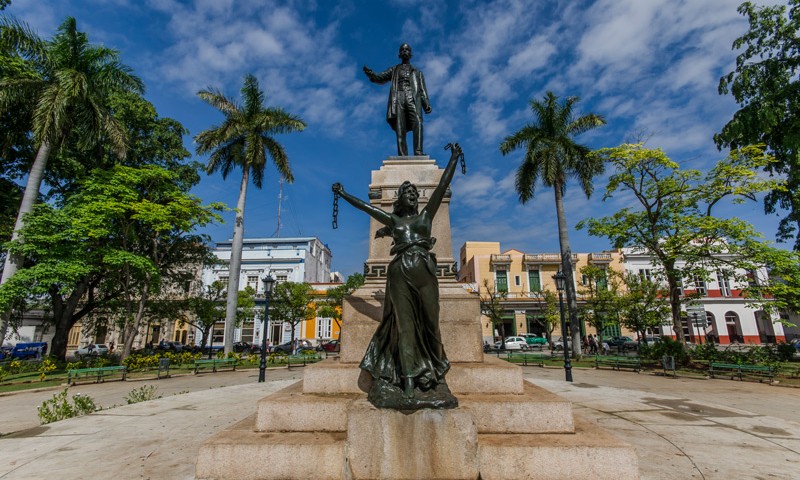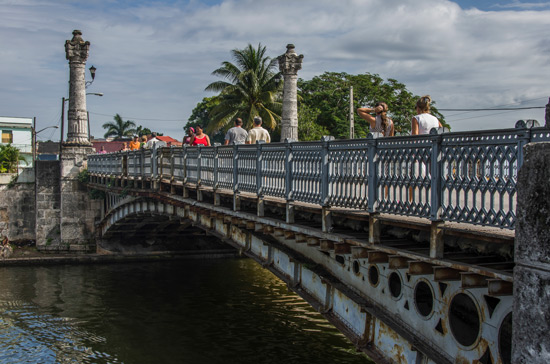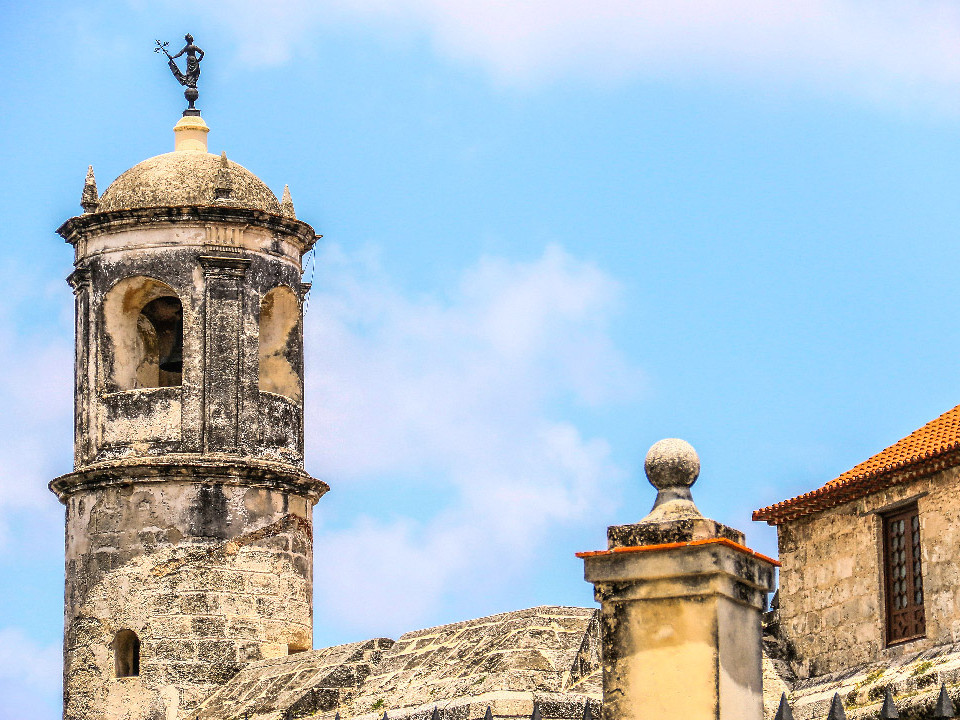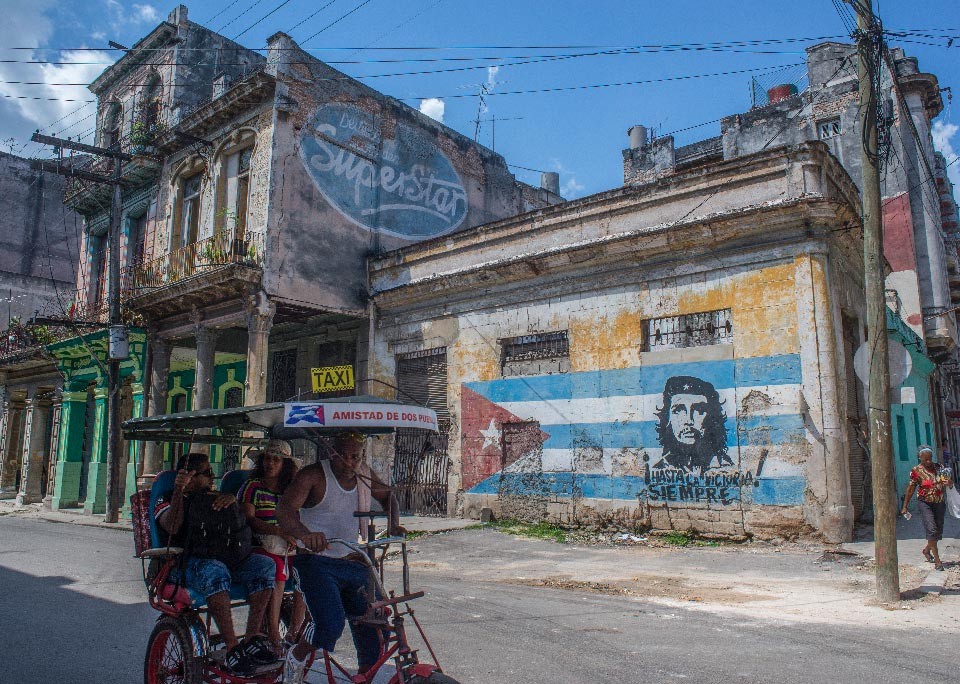During the 19th century, called the Golden Age of Matanzas, its most emblematic buildings were erected: the Aduana del Puerto, built by Julio Sagebien and designated as the first neoclassical building in Cuba; the City Council (1853), the oldest of Cuba in office; the major parish became in 1912 in the Cathedral, qualified as the first eclectic property of the Island; the Sauto Theater (1863), now a National Monument, the third in the world with the best natural acoustics and next to the National of Costa Rica, the only ones that can raise their stalls to transform their hall into a ballroom.
In 1888 the historic center of the city was closed urbanistically, as there were no spaces to build, so that only the buildings and houses of the place are transformed and beautified. Its perfect neoclassical layout was enriched by the appearance, in 1828, of the Pueblo Nuevo neighborhood, separated from Matanzas by the mighty San Juan River; and, in 1831, of the district of Versailles, with the majestic river Yurumà of by means, that gives name to one of the most beautiful valleys of the country.
During the 20th century, Matanzas continued to be the cultural champion of the country and conquered the literary firmament at the hands of the poet Carilda Oliver Labra, pioneer of erotic poetry.
Matanzas is also the city of the nicknames: the Gentile Yucayo, the American Venice, Latin of the seas of America, the Yumurina City, the City of the Bridges, the Athens of Cuba, the City of the Madmen; the City of Popular Power.
Having as motivation the 325 anniversary of its foundation, since 2014 a plan of actions was developed focused on preparing the city for its advent. The rehabilitation project was named for this reason Matanzas 325 and its purpose was to recover the historic center and create spaces of tourist interest, taking into account its historical, cultural and patrimonial values.
The strategic objective of this plan was to transform and develop the city of Yumurina into a tourist destination of interest for national and foreign visitors, as part of the Havana-Matanzas-Varadero tourist corridor, and to stop being just an intermediate point or a passing city.







